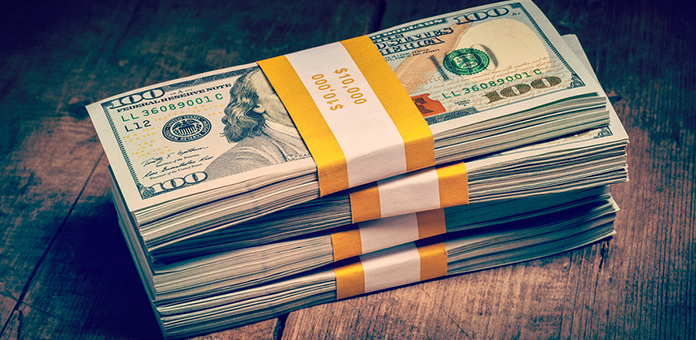
A number of political and economic factors influence gold prices. Government actions play a major role in precious metals market trends. A nation’s monetary policy, or management of interest rates and the money supply, has a significant impact on the market. In recent years, U.S. monetary policy has proven bullish for gold prices. 1
Interest Rates
Gold and other precious metals are unique assets in that they offer no income from dividend or interest payments. Historically, money managers, traders, and investors seeking a yield on their capital over the short term tend to migrate towards alternate assets as interest rates increase. Thus, a high market interest rate can have a bearish effect on gold prices.
Due to this assumed relationship, the markets watch actions by the U.S. Federal Reserve related to the interest rate it charges banks for the use of funds. 2 That base rate ripples through all other investments and interest-bearing instruments, and ultimately factors into gold prices. The Federal Open Market Committee is the specific entity within the Fed that meets regularly and makes decisions about any rate increases or decreases. 3 For nearly a decade, the FOMC has kept rates at historically unprecedented low levels of one percent or less.
Many feel this experiment has created a risky-investing environment based on cheap credit. The Fed is now trying to slowly raise interest rates, and analysts are concerned about the potential impact on the market. Some see the recent resistance of gold prices to initial interest rate increases as a sign of underlying demand and strength in the gold market.
Manipulating the Money Supply
One of the primary ways the Fed implements monetary policy and controls interest rates is by manipulating the supply of paper money. By simply printing more money or creating digital currency with the click of a mouse, the Fed seeks to control both interest rates and inflation.
The problem with this is twofold. First, the government continues its practice of deficit spending over the short term, resulting in massive levels of government debt. Second, low interest rates encourage a growth in both corporate and personal debt, creating an artificial sense of economic well being. The long-term impact of these policies includes higher rates of inflation—and possibly even hyperinflation—and significant erosion in the value, or purchasing power, of paper money. 4
Safety in Gold
In the final analysis, the economists and scholars behind the current monetary policy can only guess how the experiment will turn out. Many see the historic levels of investment purchases of gold as an indication of fears that the results will not be positive. As a safe haven investment, gold not only serves as a hedge against inflation but also a safeguard against paper currency devaluation. 5


